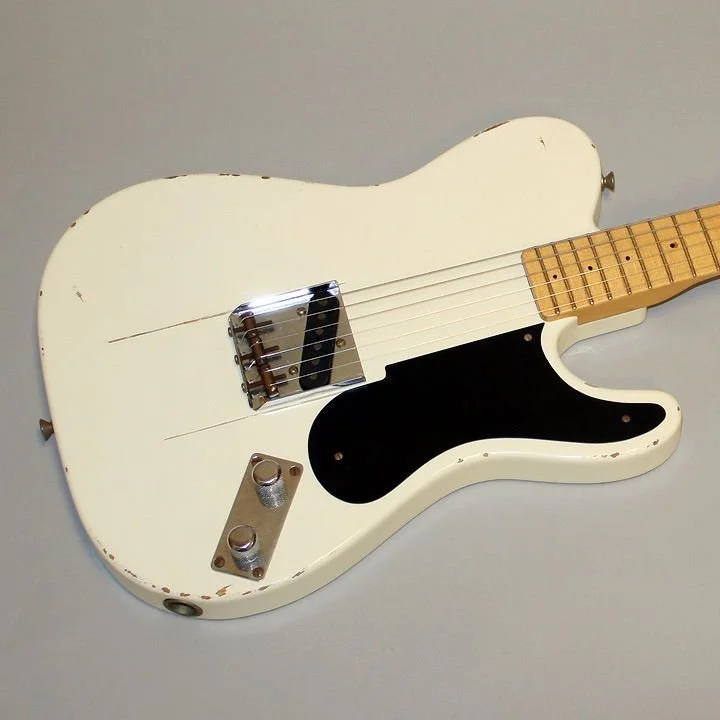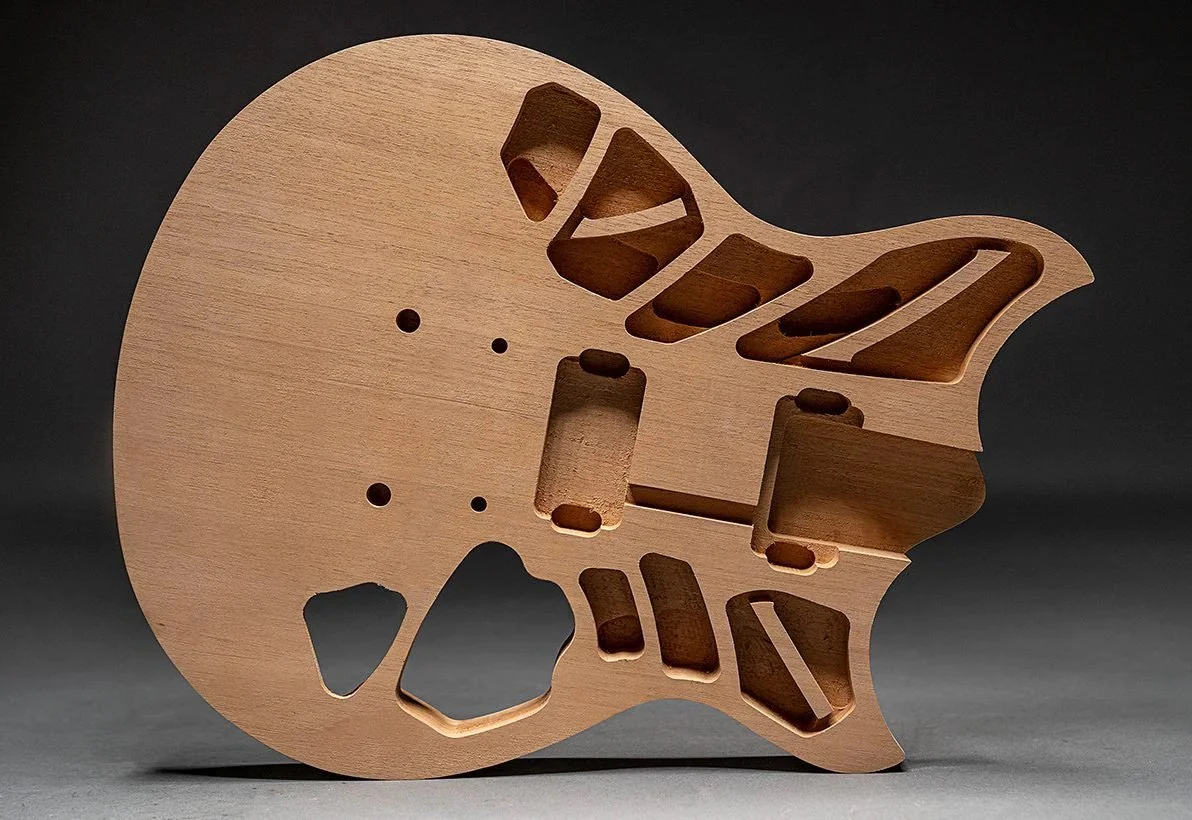What we hear emanating from an acoustic guitar is, therefore, the outcome of an intricate dance between various components, each serving a vital function in coupling. This system of mechanical coupling is fine-tuned for maximum energy transfer and optimal resonance, determining not only the volume of the guitar but also the sustain, timbre, and tonal coloration of each note. It's an extraordinary interplay of physics, materials science, and acoustical engineering, tailored to produce the rich and full sound that acoustic guitars are celebrated for.
This acoustic coupling serves as the foundation upon which electric guitars build, adapting and evolving the concept to suit the unique challenges and opportunities presented by electrical amplification. Understanding this fundamental principle in acoustic guitars sheds invaluable light on how coupling is equally, if differently, critical in shaping the electrified tones that have defined genres and generations of music.
Transitioning to Electric Guitars: Solid-Body Designs
In electric guitars, particularly solid-body designs such as the Fender Stratocaster and the Gibson Les Paul, the principle of coupling is employed but with an almost antithetical objective compared to acoustic instruments. While acoustic guitars rely on coupling as a means to amplify sound naturally through resonance, electric guitars have a different primary goal: the efficient and faithful translation of mechanical string vibrations into electrical signals that can then be amplified electronically.
At the outset, it may seem like the strings, bridge, and body would serve the same purposes in both acoustic and electric guitars. However, the specific needs are almost 180 degrees apart. In an acoustic guitar, the wood's natural resonance is vital to the instrument's overall sound, necessitating a strong coupling between the strings and the soundboard to maximize this effect. Conversely, in a solid-body electric guitar, resonance can actually be counterproductive, as excessive vibrations of the body could interfere with the precise capture of the strings' vibrations by the pickups. Therefore, while acoustic guitars aim for a maximum energy transfer to the soundboard for resonance and projection, electric guitars focus more on sustaining the string vibration for a longer period.
The bridge and body in electric guitars are designed to allow the strings to vibrate as freely as possible while also ensuring that this vibration is captured in its purest form by the pickups. This forms a different kind of coupling, less concerned with natural resonance and more oriented towards sustaining the string's vibrations and converting them into electrical signals. This explains why solid-body electric guitars often employ heavier woods, and sometimes even metal components, to add mass and thus increase sustain.
This shift in emphasis from resonance to sustain and direct signal translation is exemplified by the utilization of pickups. Unlike acoustic guitars, where the body's resonance plays a pivotal role in shaping the tone, in electric guitars, the pickups serve as the primary tonal arbiters. They take the string vibrations—which have been sustained and shaped by the bridge, saddle, and body—and convert them into electrical signals with minimal coloration from the body’s own resonant characteristics.
The end result is a form of coupling that, while based on the same fundamental physics as its acoustic counterpart, serves a dramatically different musical and technological objective. This divergence in coupling strategies between acoustic and electric guitars underscores not just the versatility of the guitar as a musical instrument but also the innovative engineering solutions that have been employed to meet varied artistic needs.
The Implications of Material and Construction
Contrary to what one might initially assume, a solid mass of wood is not a neutral element when it comes to the tonality of an electric guitar; in fact, it plays a remarkably active role in shaping the sound. Although the purpose of coupling in solid-body electric guitars veers away from natural resonance as the primary objective, the choice of wood still brings its own set of acoustic properties into the equation. Woods have unique attributes—differing densities, specific resonant frequencies, and varying damping factors—that interact with the string vibrations in complex ways. These contribute to the guitar's sustain, attack, and overall tonal coloration, demonstrating that the notion of a 'neutral' body material is far from accurate.
Various species of wood, such as alder, mahogany, or ash, each come with their own acoustical signatures. Alder, for instance, is known for its balanced tonal characteristics, while mahogany often leans towards a warmer, fuller sound. These woods do more than simply 'house' the guitar's components; they engage in a nuanced form of mechanical coupling with the strings, affecting everything from the brightness or darkness of the tone to the sustain of individual notes. In this sense, the body of a solid electric guitar isn't just a frame; it's an active participant in the instrument's sonic output.
But the role of wood is just the tip of the iceberg when it comes to the engineering choices that affect coupling in electric guitars. The type of bridge used—be it a Tune-o-matic common in Gibson models, or a Floyd Rose tremolo system favored for its pitch-bending capabilities—also plays a significant role in coupling mechanics. These bridge types not only differ in functionality but also in how they interact with the strings and body, affecting factors such as sustain and tonal richness.
Additionally, the manner in which the neck is joined to the body—whether it's a bolt-on design as seen in many Fender models, a set-neck as in traditional Gibson guitars, or a neck-thru construction that offers greater sustain and harmonic richness—can also influence the coupling dynamics. Each design has its own set of trade-offs and advantages, affecting not only the mechanical coupling but also the instrument’s overall tonal balance and playability.





